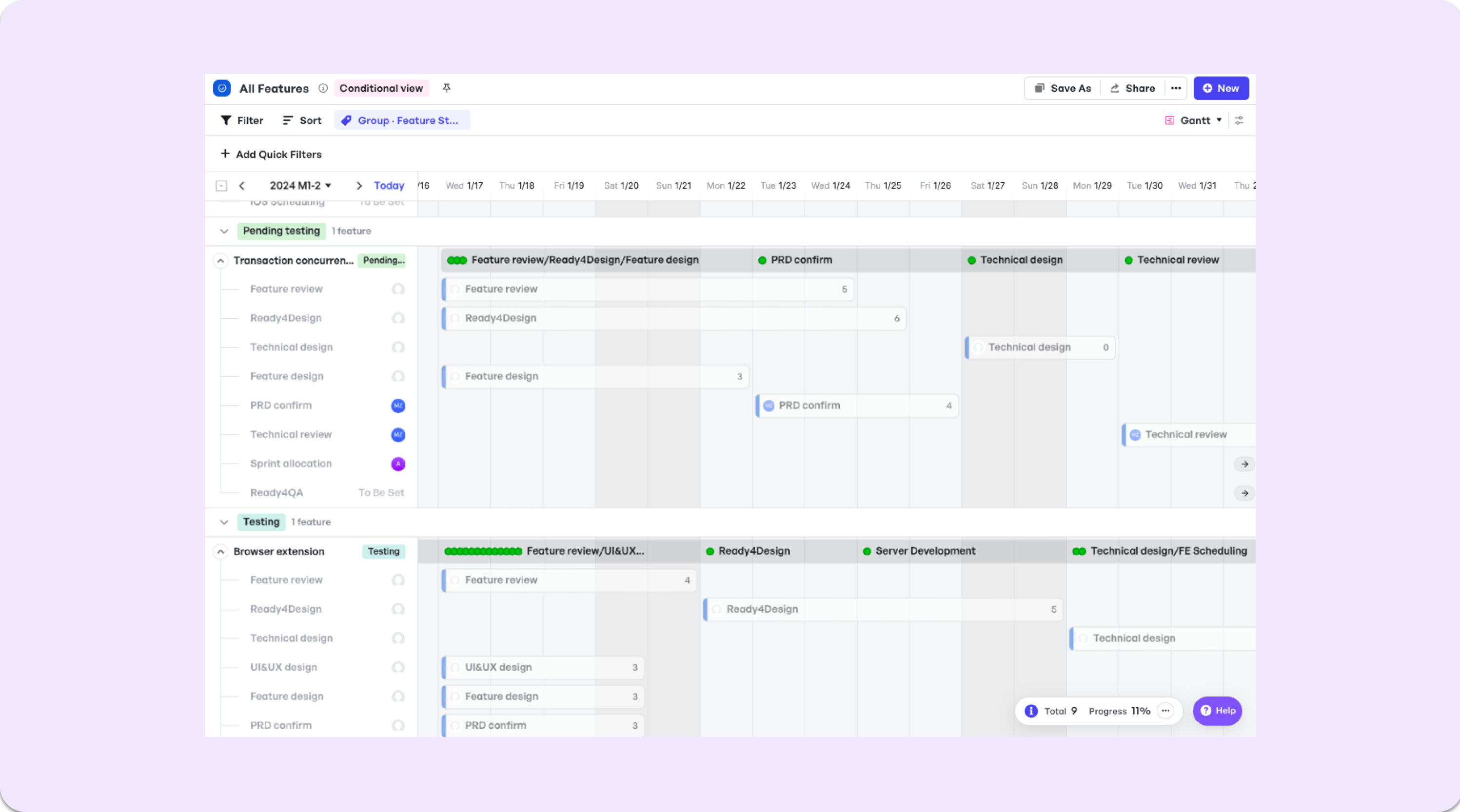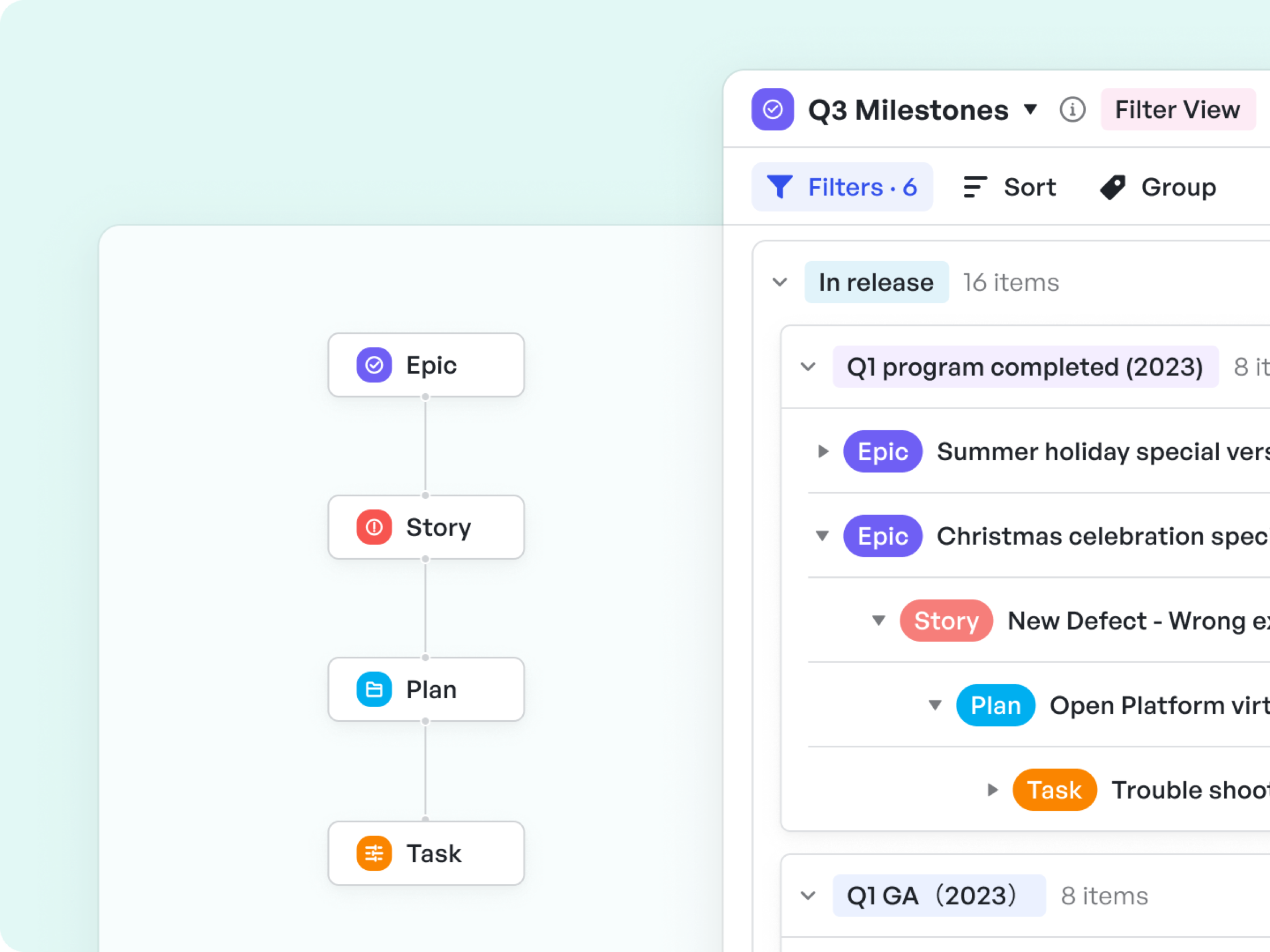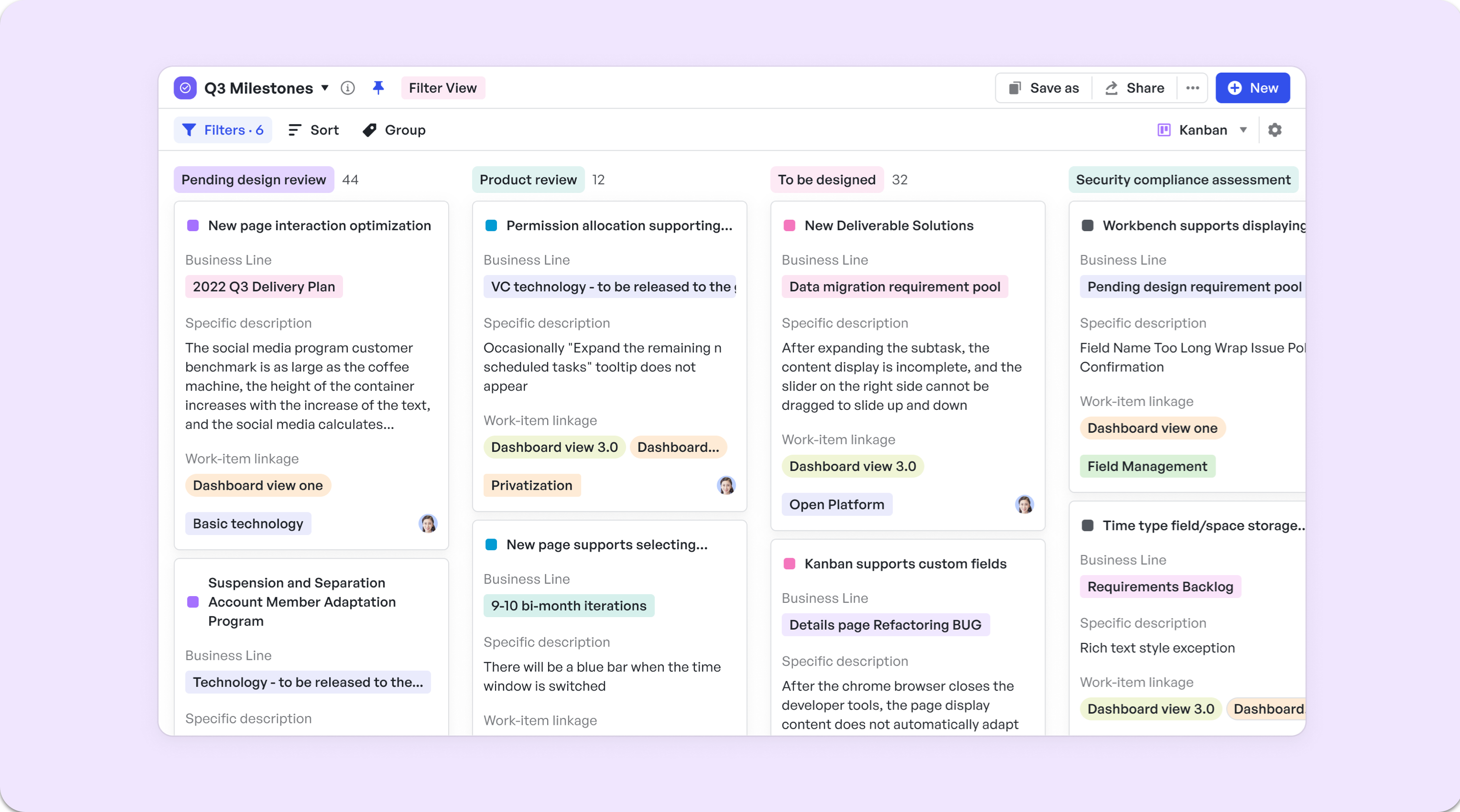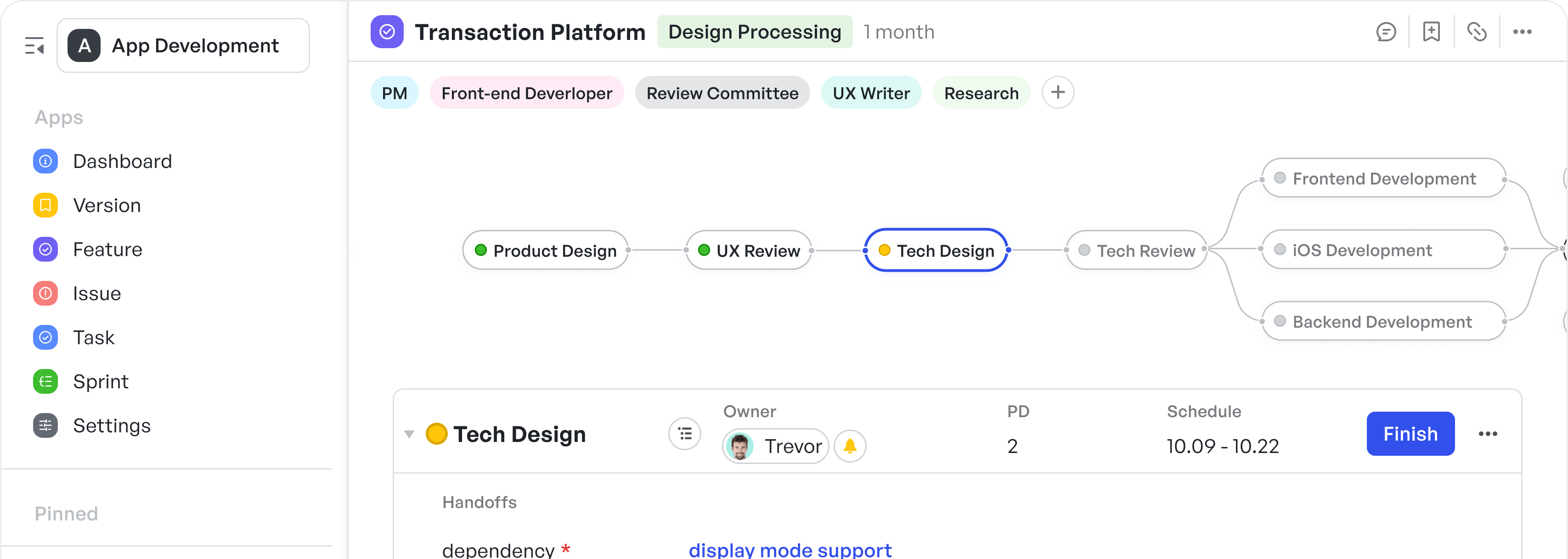Introduction
Project scheduling is key to success in project management. It's not just about listing tasks, but predicting, managing, and aligning them with resources and time. Different techniques have emerged to help managers organize teams and tasks. This article discusses these techniques and when to use them.
Understanding Project Scheduling
Project scheduling is the process of converting a project action plan into an advocacy timeline that enumerates the start and end dates of each task and assigns them to the project team members. This evolution from "what to do" into "when and by whom" is pivotal for keeping projects on track.
The Classic: Gantt Charts
Developed by Henry Gantt in the early 20th century, Gantt charts have been the bedrock of project scheduling for years. They visually map out tasks along a calendar, showing how they overlap and sequence over time, making it easy to see the duration of each task and the entire project.
When to use: Gantt charts are especially beneficial for small to medium-sized projects where stakeholder communication is key. They also work well when the tasks are quite sequential and do not require complex dependency tracking.

250px|700px|reset
Strategic Detailing: PERT Charts
The Program Evaluation Review Technique (PERT) uses a network diagram to detail the tasks involved in a project. It accounts for the unpredictable nature of project activities by estimating the shortest, longest, and most probable durations of each task, offering a statistical approach to scheduling.
When to use: PERT charts suit projects with high levels of uncertainty, where the durations of tasks are not set in stone. They are preferred in research and development projects, product launches, and other creative endeavors where time estimations are subject to change.

250px|700px|reset
The Scheduler's Compass: Critical Path Method (CPM)
The Critical Path Method (CPM) identifies the longest stretch of dependent, scheduled tasks and calculates the shortest possible duration for the project. Any delay in tasks on the critical path directly influences the project end date.
When to use: CPM is useful for projects with well-defined tasks. It's often employed in construction and engineering but can be adapted to any project where the focus is on delivering on a tight schedule.

250px|700px|reset
Agile Scheduling: Scrum and Kanban
Agile project management offers more adaptive scheduling techniques such as Scrum and Kanban, focusing on flexibility, team collaboration, and iterative progress based on regular feedback.
- Scrum: Implements short "sprints" of work, usually two to four weeks long, followed by a review. This method allows project scheduling to adapt after each sprint based on the project's current status.

250px|700px|reset
- Kanban: Visualizes work in a column-based flow, such as "to-do," "doing," and "done." It's designed to limit the amount of work in progress and allows for more flexible task management.
When to use: Both Scrum and Kanban are suited for projects where the scope is expected to shift regularly, such as in software development or creative campaigns. They allow for adaptability and continuous improvement.

250px|700px|reset
Blending Techniques: Modern Software Solutions
Currently, project scheduling benefits immensely from various software tools that blend traditional techniques with new methodologies. Tools like Microsoft Project, Asana, Trello, and others allow for combinations of Gantt, PERT, and Kanban, giving project managers more power to tailor their scheduling approach to the specific needs of each project.
Implementing Scheduling Techniques Effectively
While the right project scheduling technique can drive a project toward timely completion, its effective implementation requires the following considerations:
- Understanding Project Requirements: Analyze the project's objectives, deadlines, and available resources before selecting a scheduling technique.
- Communication: Keep all stakeholders informed about the schedule, and be sure to update them on any changes.
- Flexibility: No project is immune to change. Be prepared to adapt your schedule as needed to accommodate unexpected shifts in scope, resources, or objectives.
In Conclusion
Understanding and applying the right project scheduling techniques can mean the difference between a chaotic, directionless endeavor and a well-orchestrated, successful project. Each technique offers a different lens to view and manage the project timeline.
By mastering these methods, project managers can not only demystify the art of scheduling but also turn it into a strategic advantage. The key lies in choosing the appropriate technique that aligns with the project's scope, the team's workflow, and the stipulated deadlines. With this knowledge in hand, project managers can steer their projects through the ebbs and flows of the working environment, ensuring delivery is on time, resources are optimized, and objectives are met, culminating in the accolades of a job well done.
